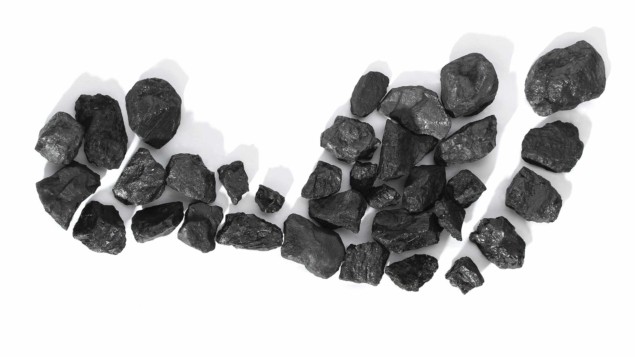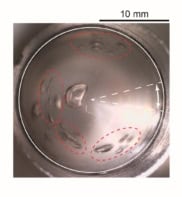Reducing lab energy and waste is financially prudent and good for the environment too, says Matin Durrani

When I was a PhD student at the Cavendish Laboratory, Cambridge, in the 1990s, I was once standing in the queue for the lab’s storeroom when the then head of physics, Archie Howie, wandered by. Overhearing a physicist ask the storeroom supervisor for two ballpoint pens. Howie demanded to know why the physicist needed two Biros when you can only write with one at a time. Although I can’t remember if I slyly pruned back my own wish list for glass vials and bottles of solvent, Howie’s comment struck me as a small but perfect example of the old approach in physics of getting by with less.
Physics at Cambridge (and elsewhere for that matter) was not supposed to be about burning cash on expensive and unnecessary equipment, but about using money, materials – and probably even pens – ingeniously, prudently and wisely. It was the “string and sealing wax” way of doing physics developed in the early 20th century, which stipulated that rapid progress could be made (and indeed was more likely) with rudimentary resources. Some physicists even frowned on buying equipment from instrument manufacturers: far better (and quicker) to build it yourself.
Such attitudes might seem quaint in today’s world, where there’s pressure to get ever-bigger grants, plus countless hi-tech manufacturers that offer products far superior to anything that researchers could hope to knock up for themselves (just check out some of the companies that have placed adverts on this website.) Still, that old-fashioned, prudent approach to physics, exemplified by Howie, has one big modern-day advantage: it’s much better for the environment too.
As the cover feature of the June 2019 issue of Physics World makes clear, being green doesn’t only involve using fewer disposable rubber gloves, though wasting less is vital. It’s also about expending less energy. The trouble is, many physics experiments are appallingly energy-hungry. With its countless radiofrequency cavities and liquid-helium-cooled superconducting magnets, CERN’s Large Hadron Collider, for example, uses 1.3TW of electricity a year, which the lab says is enough to power 300,000 UK homes.
So far, most initiatives and efforts to reduce researchers’ carbon footprint have come in the biological and life sciences, for example, through the My Green Lab in the US and the Laboratory Efficiency Assessment Framework in the UK. It’s now time for physicists to do their bit too – especially given that many physicists love to boast how they’re at the forefront of developing technologies for dealing with climate change.
At a simple level, that means turning off kit when not needed, closing fume cupboards and recycling or donating old electrical items (check out a list of top energy-saving tips in this feature. But it also means making energy efficiency an inherent part of all physics-research equipment – finding innovative ways to make them use as few resources as possible. Funding agencies may even have to insist on projects – especially big-science facilities – proving their green credentials before they get financial support.
It’s a cultural shift that’ll take a generation, but with the growing impact of climate change, there’s little time to lose.



